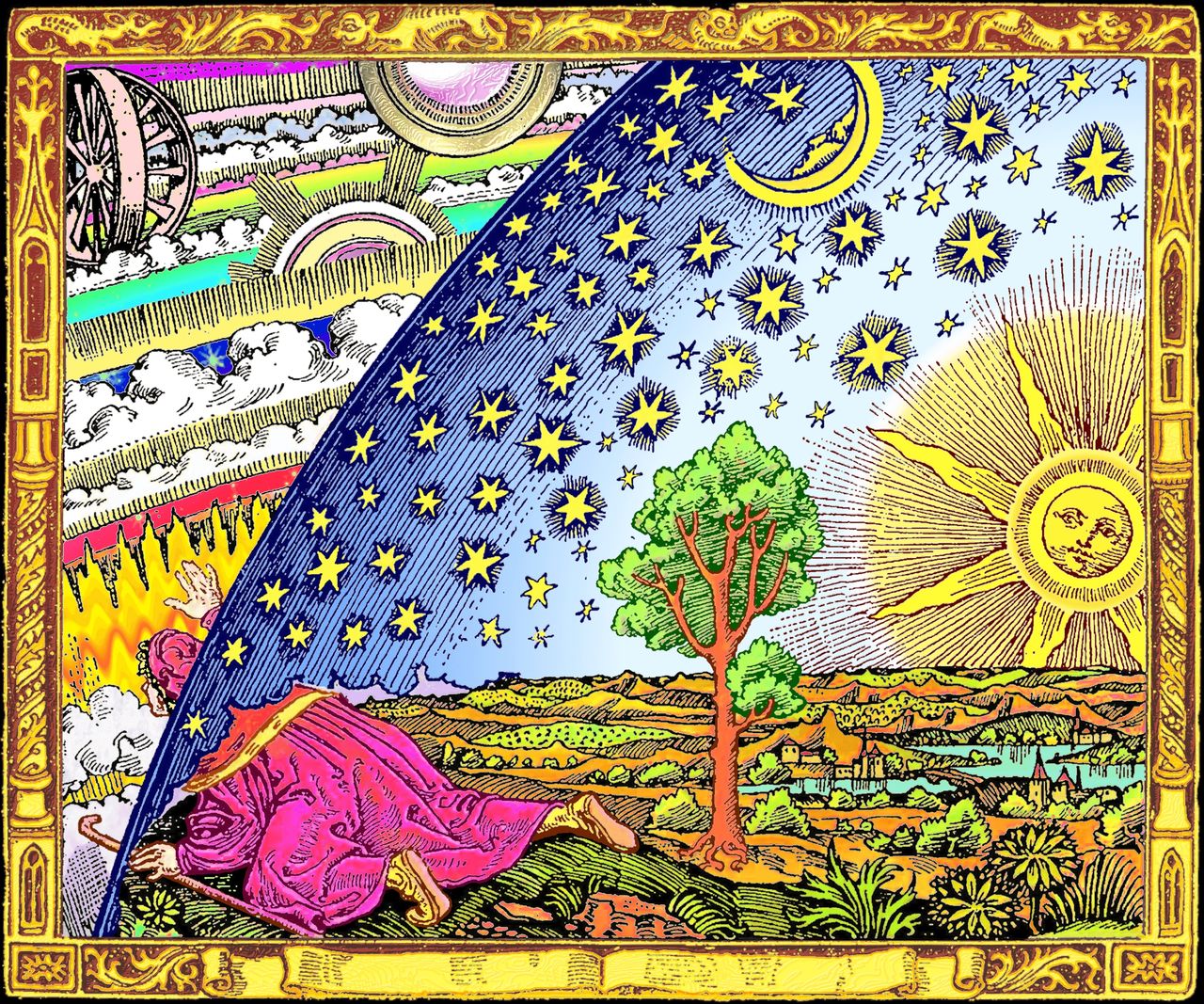The Esoteric Odyssey of Christians and Shadow Work

Within the intricate tapestry of human spirituality, we find a subtle thread that intertwines diverse faiths - the practice of shadow work. This blog series suggests an interesting connection exists among the spiritual essence of our major religions. Let’s begin our review with Christianity. None seemed to represent the concepts taught in shadow work more than the Gnostic Christians.
While Gnostic scriptures don't explicitly mention "shadow work" as a modern term, several Gnostic texts contain themes and ideas related to delving into consciousness, facing the shadow, and seeking spiritual transformation.
The Gospel of Thomas:
The Gospel of Thomas is a collection of sayings attributed to Jesus, found among the Nag Hammadi library texts. Saying 70 stands out in relation to shadow work:
Saying 70: "Jesus said, 'If you bring forth what is within you, what you bring forth will save you. If you do not bring forth what is within you, what you do not bring forth will destroy you.'"
Interpretation: This saying emphasizes the importance of self-awareness and bringing hidden aspects of oneself to light. It suggests that confronting one's inner truths leads to salvation while neglecting them can lead to inner turmoil.
Gnostic Christianity and the Quest for Hidden Light
Gnostic Christianity, an esoteric facet of early Christianity, emphasizes transcending the material world to attain gnosis or spiritual insight. At its core lies the belief that a divine spark resides within every being, concealed beneath layers of mundane existence and societal conditioning. This profound idea harmonizes with the essence of shadow work – diving into the deep conscious to unlock insights, break through barriers and heal wounds that have us caught in cycles of suffering. But the fallacy that shadow work is just for trauma is untrue. Shadow work brings you into direct engagement with the false or shadow self.
The Demiurge and Unveiling Inner Depths
Central to Gnostic Christianity is the notion of the Demiurge - an inferior creator deity responsible for the physical realm. Gnostics aimed to liberate the divine spark from the constraints of material existence, paralleling shadow work's aspiration to deliver consciousness from the chains of unresolved emotions and lousy programming. As the Demiurge symbolizes the creator distorted reality, inner shadows obscure our genuine potential, perpetuating patterns of suffering.
The Sophia Mythos and Unmasking the Genius Within
The Sophia myth, recurring in Gnostic thought, embodies the descent from divine wisdom into material existence. This narrative mirrors the human journey of plunging into unconscious patterns, where shadows veil our authentic brilliance. Gnostic practices sought to uncover the wisdom within, akin to shadow work's pursuit of unveiling the unconscious, integrating it, and channeling the universe's unique expression - our genius.
Work being done by The Flow Research Institute and This poem, found in the Nag Hammadi library, presents the voice of a divine feminine figure expressing paradoxes and mysteries. It contains elements that resonate with the concept of shadow work:
Owning Shadow and Light
This poem, found in the Nag Hammadi library, presents the voice of a divine feminine figure expressing paradoxes and mysteries. It contains elements that resonate with the concepts taught across all shadow work schools:
Excerpt: "For I am the first and the last. I am the honored one and the scorned one. I am the whore and the holy one. I am the wife and the virgin."
Interpretation: The poem embodies contrasting qualities and archetypal roles, suggesting an exploration of the totality of the self. This relates to shadow work by integrating light and shadow aspects for a more complete self-understanding.
Gnostic Rituals and Alchemical Metamorphosis
Gnostic rituals often employed symbolic acts and contemplative practices for spiritual metamorphosis. This transformation wasn't merely external but an alchemical process parallel to shadow work. Just as alchemists transmuted base elements into gold, Gnostics aimed to transmute the lower self, revealing concealed aspects to attain spiritual illumination. This inner alchemy, akin to shadow work, resonates across both practices.
Shadow Ceremony leverages the human propensity for ritual to sidestep rational programming. The virus that shadow work addresses sits in the story, so we must rise to the spiritual level to get around the brilliance of a mind hijacked and loaded full of survival-rooted programming.
The Sacred Union and Fusion of Polarities
In Gnostic philosophy, the sacred union of masculine and feminine principles represented the fusion of opposing forces. Similarly, shadow work seeks to reconcile the conscious and deep conscious aspects of the self, processing blocked energy and restructuring limiting beliefs. This union, within Gnostic spirituality and shadow work, echoes the profound notion that authentic enlightenment blossoms through integrating all facets of existence. Integration requires both the masculine and feminine online to be effective.
As we unveil the layers of Gnostic Christian tradition, we witness how shadow work is a conduit between esoteric spirituality and the pathway to personal growth. Gnostic Christians ventured into the depths of the psyche, echoing the inward journey endorsed by the consciousness-oriented shadow work. With this veil lifted from the concealed facet of Gnostic spirituality, we embark on a voyage through other significant religions, uncovering the resonance of shadow work's essence at the heart of each, unraveling their profound connection to the universe's distinctive expression and the pursuit of unveiling the genius within.

Insights and tips delivered to your inbox every week.
No spam. Just helpful tips to make you more productive.



